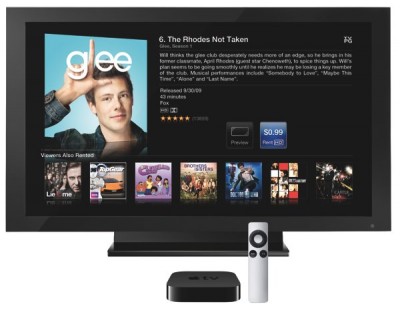Just today, I saw a glowing update in my Facebook feed from a friend who’d cut her cable costs significantly by switching to Hulu Plus and Netflix.
Chances are, if you haven’t considered it, someone you know has. And here in New York, with cable bills running up at about $100-150 a month no matter how you arrange it, it’s tempting to rely on a combination of streaming and web viewing to cut down or cut out your cable costs completely. But cable companies aren’t likely to take the falling revenues lying down, some analysts predict, and are likely to adjust their pricing models to keep revenues even despite increasing use of services like Netflix and Hulu by their customer base.
Analyst Craig Moffett spoke to Bloomberg about the cable-cost predictions, and says that at least one major provider is planning to switch to a usage based model next year. He explains:
“As more video shifts to the Web, the cable operators will inevitably align their pricing models… With the right usage-based pricing plan, they can embrace the transition instead of resisting it.”
Moffett continued:
“It’s the reason why Apple or Google would inevitably be reticent about committing a significant amount of capital to an online video model. You can’t simply assume just because you can buy the content more cheaply, you can offer a product that’s cheaper to the end user.”
Chief strategy officer at Time Warner Cable Peter Stern basically confirmed the prediction earlier this month, saying:
“We’re basically a broadband provider… As a convenience for our customers, we package and distribute television and provide service around that.”
Far from harming profits, Moffett opined, the shift could be “the best thing that ever happened to the cable industry.”



